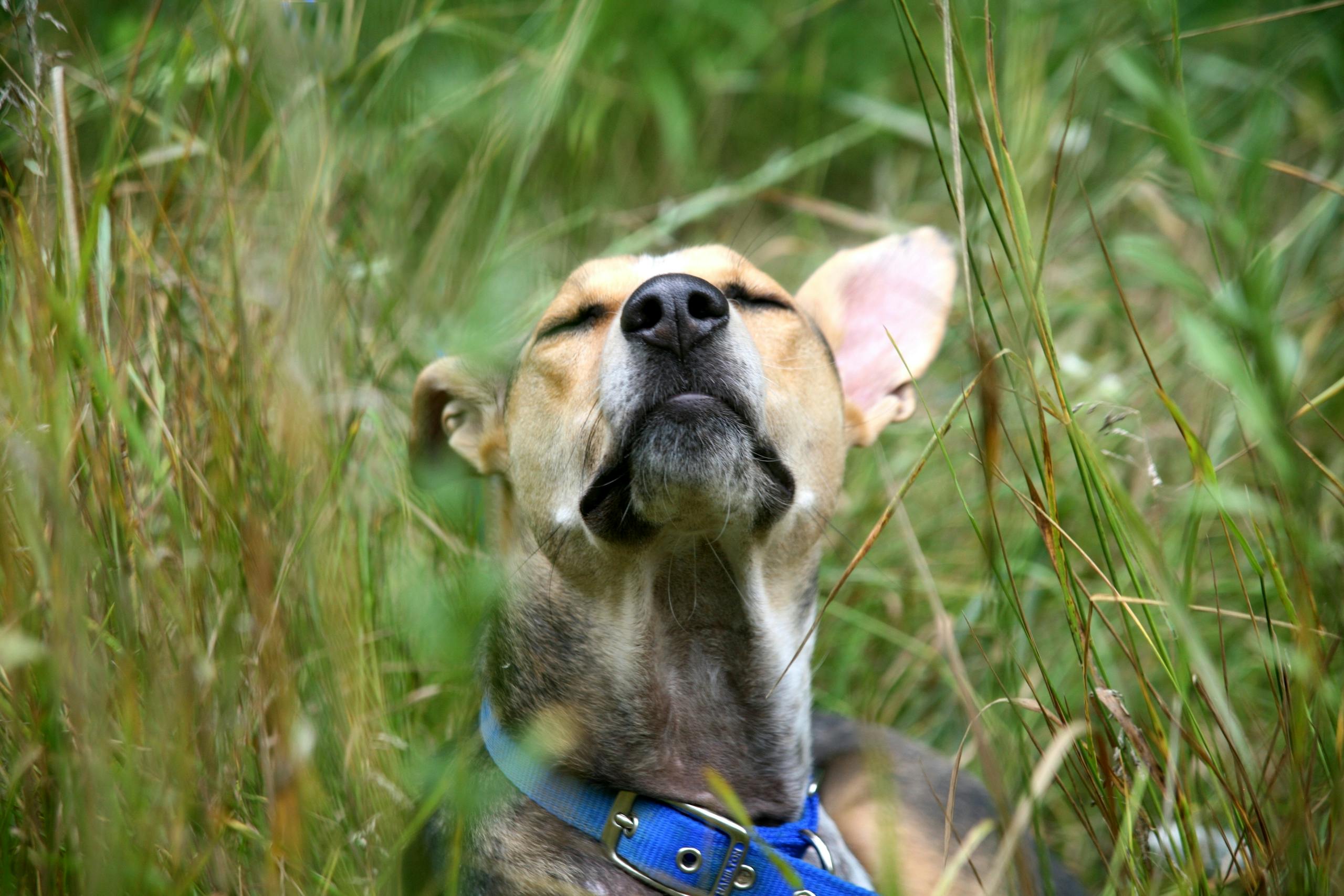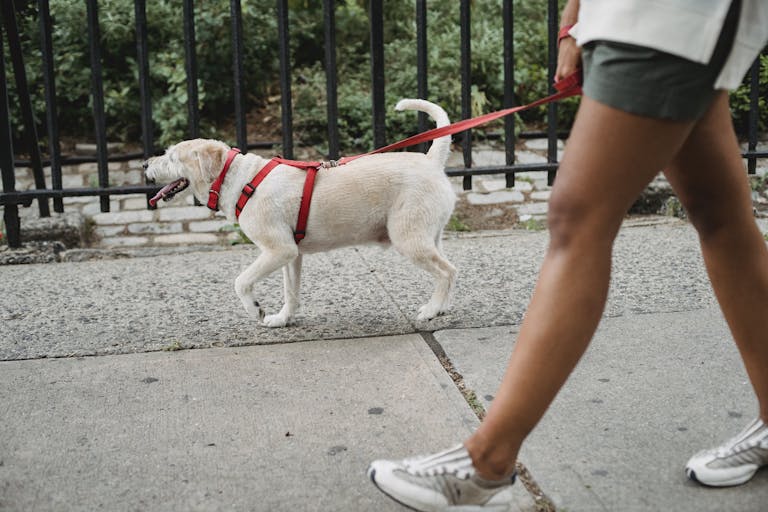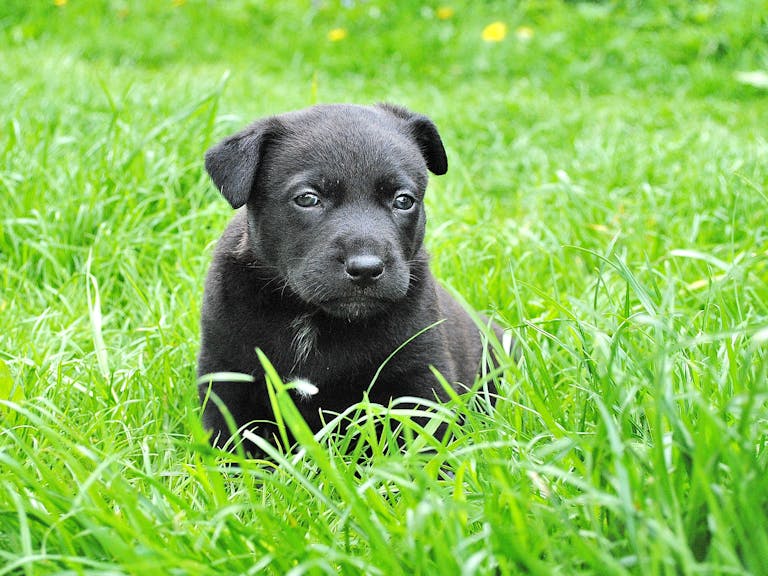Why Sniffing on Walks Is Important – And What It Really Means to Your Dog

You may think walks are all about exercise—but for your dog, they’re a sensorial adventure. The smells on a walk aren’t just interesting, they’re essential. Understanding why sniffing on walks is important can transform your daily routine into one of the most enriching parts of your dog’s life.
Let’s dive into the science, psychology, and emotional benefits of sniffing—and how to create walks that nourish your dog’s mind, not just their muscles.
Dogs Experience the World Through Their Nose
While humans are visual creatures, dogs are guided by scent. Their noses are up to 100,000 times more sensitive than ours. They can:
- Detect emotional states
- Smell past activity on a trail
- Recognize individuals through scent trails
- Map entire environments with their nose
To a dog, sniffing isn’t wasting time—it’s processing information.
🐾 A walk without sniffing is like scrolling a blank screen.
5 Reasons Why Sniffing on Walks Is Important
1. It Reduces Stress
Sniffing lowers heart rate and promotes parasympathetic activation (rest-and-digest mode). It’s how dogs self-regulate after excitement or overwhelm.
2. It Provides Mental Stimulation
Sniffing is cognitive enrichment. It exercises the brain, improves mood, and satisfies natural instincts—especially in scent-driven breeds like Beagles, Shepherds or Terriers.
🧩 Just 15 minutes of sniffing can be more tiring than a 1-hour walk.
3. It Boosts Confidence
Nervous dogs benefit enormously from the autonomy and exploration that sniffing allows. It gives them control over how they interact with the world.
🐕🦺 Choice reduces fear.
4. It Encourages Natural Behavior
Dogs are hardwired to forage, track, and investigate. When we suppress sniffing, we suppress instinct.
✅ Allow “sniff breaks” as a reward or purposefully plan scent walks with a long lead in quiet areas.
5. It Builds Connection Through Shared Presence
Allowing your dog to sniff signals: “I see your needs.” It shifts the walk from a human goal to a mutual experience.
💡 Try walking slower, staying off your phone, and observing with your dog. They’ll notice—and trust more.
How to Structure a “Sniff-Friendly” Walk
- Begin with a few minutes of calm, guided walking
- Cue “Go sniff!” and release leash tension
- Let your dog choose direction (within safe limits)
- Play calming audio to reduce reactive triggers
- Alternate structure/sniff every 5–10 minutes
What Not to Do
- Don’t rush your dog with “Come on!” every time they stop
- Don’t yank them away from every bush
- Don’t confuse sniffing with disobedience—it’s communication
Patience is power. Let them read the world their way.
Recap: Why Sniffing on Walks Is Important
- Sniffing reduces stress and supports brain health
- It fulfills natural instincts and emotional needs
- It empowers anxious dogs and strengthens your bond
- It transforms walks into meaningful enrichment
- Allowing sniff time is an act of respect, not indulgence





